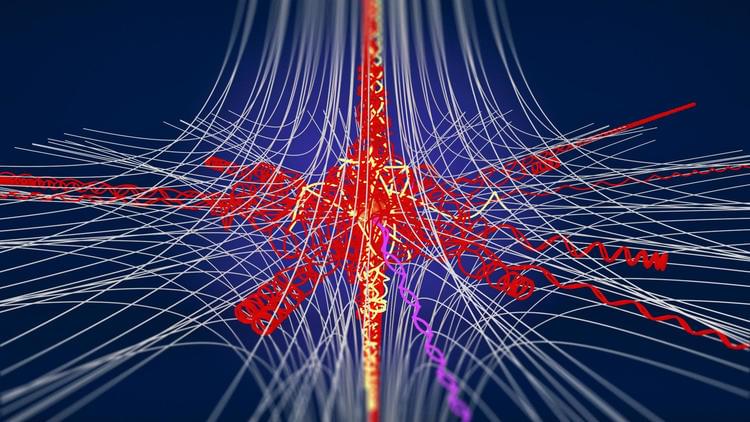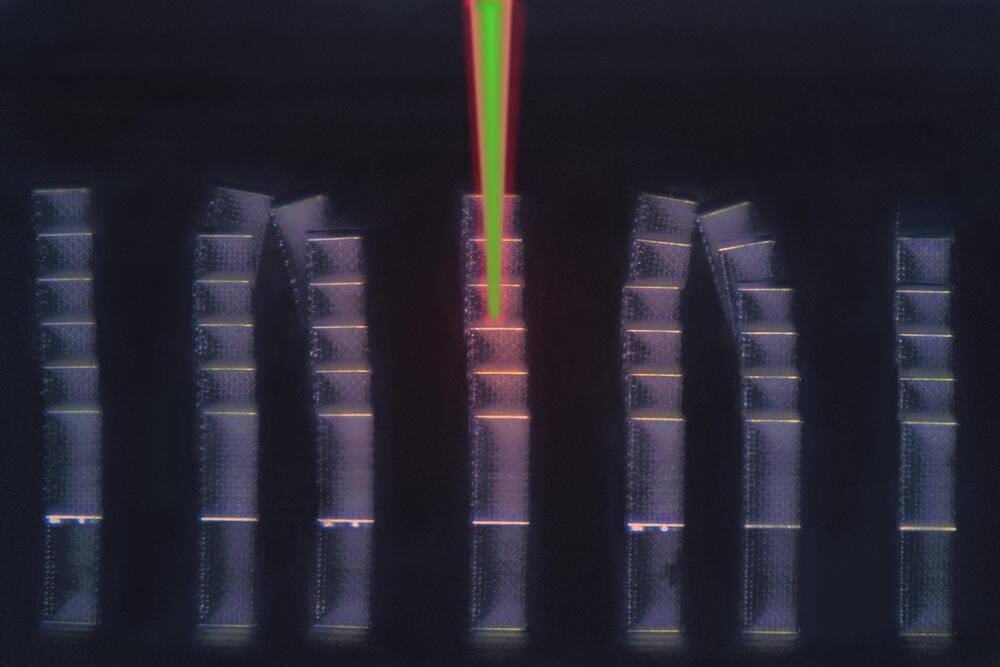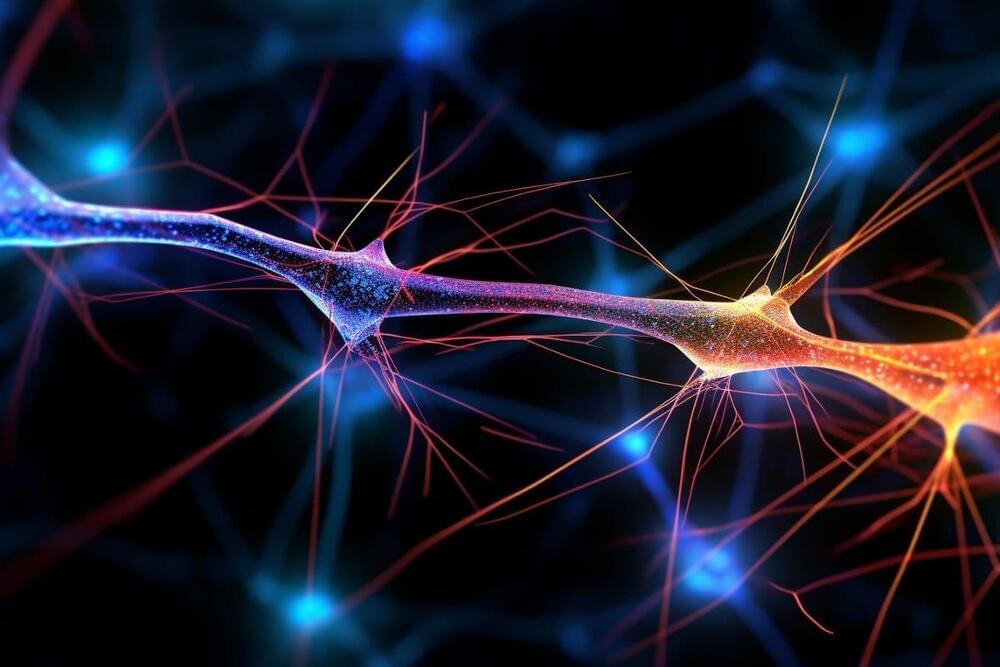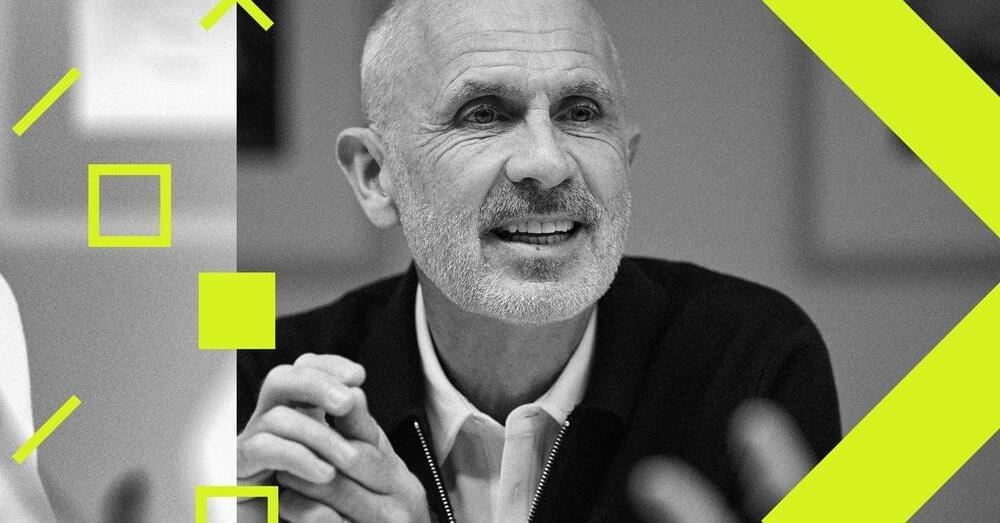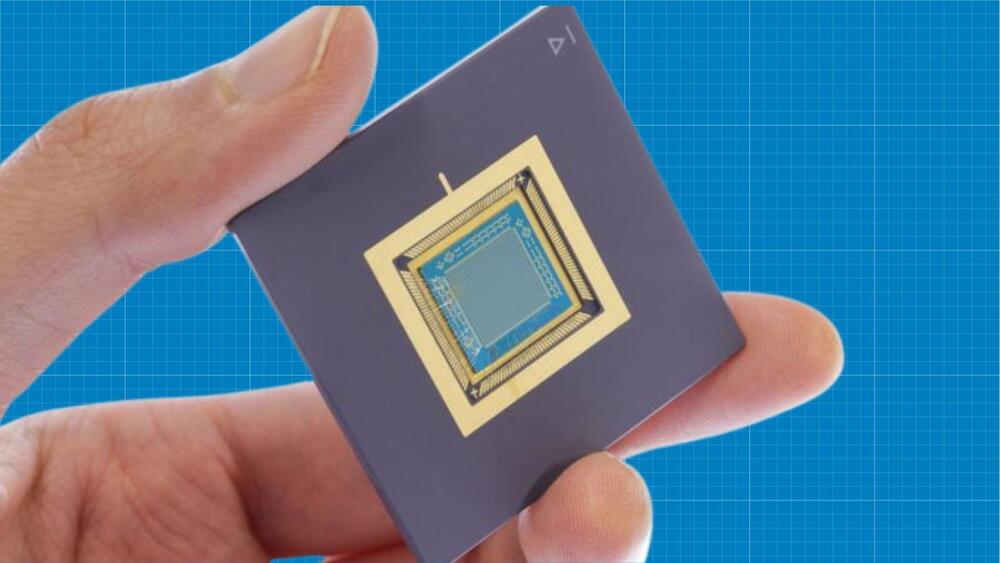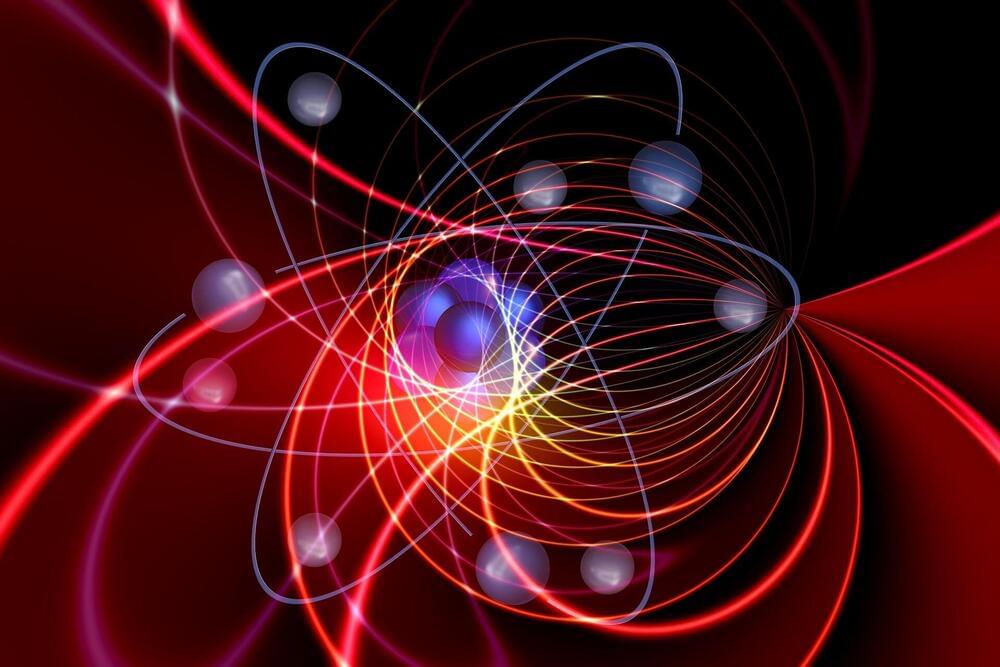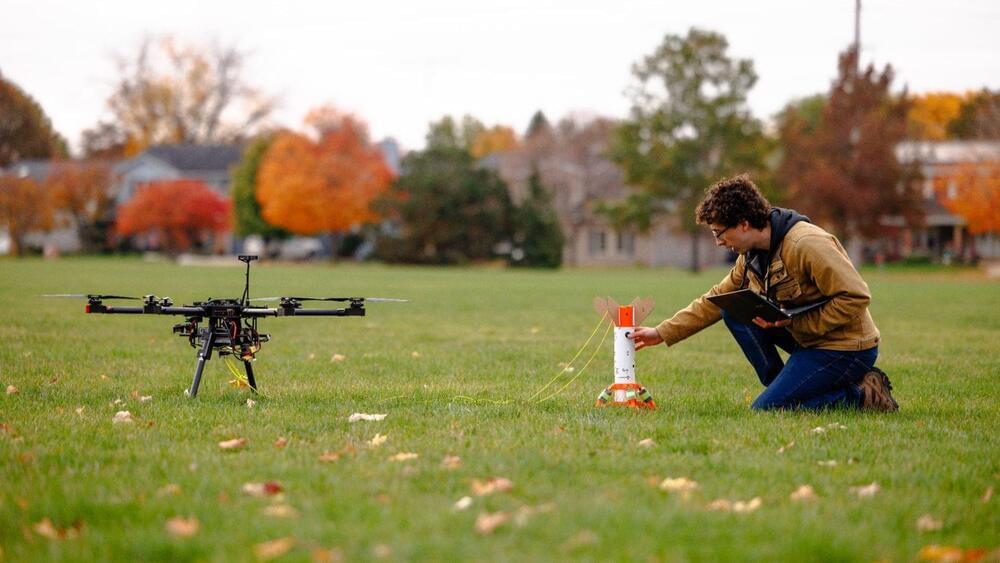Nov 16, 2023
Fusion magnets could lead to improved microchip production
Posted by Saúl Morales Rodriguéz in categories: biotech/medical, computing, mobile phones
Swooping magnetic fields that confine plasma in doughnut-shaped fusion facilities known as tokamaks could help improve the efficiency of complex machines that produce microchips. This innovation could lead to more powerful computers and smart phones, near-essential devices that make modern society possible.
Engineers use high-energy light emitted by plasma, the electrically charged fourth state of matter, to create small structures on the surfaces of silicon wafers during their transformation into microchips. These tiny components enable a range of devices, including consumer electronics, video games, medical machinery, and telecommunications. Improving the generation of this light could extend the life of vital parts within the machines and make the manufacture of microchips more efficient.
“These findings could change the microchip industry,” said Ben Israeli, lead author of the paper publishing the results in Applied Physics Letters. Israeli is a graduate student in the Princeton Program in Plasma Physics, based at the U.S. Department of Energy’s (DOE) Princeton Plasma Physics Laboratory (PPPL), which is managed by Princeton University.
